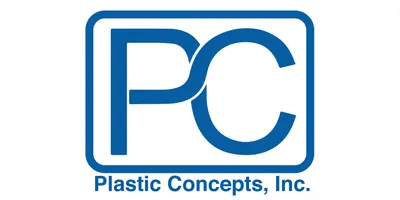Article

With headlines screaming about hacking, of the latest James Bond movie Skyfall most recently, of national and nuclear weapons laboratories not so long ago, and of businesses and individuals almost on a daily basis, it’s no surprise that worldwide information technology (IT) security spending is set to hit $77 billion in 2015—almost 8 percent more than this year’s $71 billion, according to IT researcher Gartner, Inc.

In the last issue of Lab Manager, we began to explore the ergonomic risk factors associated with the use of
computers. To recap briefly, three of the fundamental ergonomic risk factors are: position/posture, repetition/duration, and force. These can all be influenced by the work area setup and the activities being performed.

When looking at best practices for running a lab, things as seemingly diverse as staff development and retention, inventory management, procurement, and efficient use of training spends, need to be looked at together. After all, equipment is only as good as the staff who uses it and your staff is only as good as their training.

Greg Martin is president of Complectors Consulting (www.complectors.com), based in Pottstown, PA, which provides consulting and training in the area of pharmaceutical analytical chemistry. Mr. Martin has over 25 years of experience in the pharmaceutical industry and was director of pharmaceutical analytical chemistry (R&D) for a major PhRMA company for a number of years. In addition, he has volunteered for the U.S. Pharmacopeia for over 10 years, and currently serves as vice chair of the General Chapters—Physical Analysis Expert Committee and also serves on expert panels on Validation and Verification; Weights and Balances’ Residual Solvents; and Use of Enzymes for Dissolution Testing of Gelatin Capsules.

Federal research dollars are needlessly wasted as scientists spend more and more of their time trying to recoup operational costs.

The folks from M2 Scientifics share some tips, in no particular order, for maximizing your lab's budget.

Keeping middle managers happy with their supervisors is the key to retaining the lower-level workers they manage and avoiding expensive turnover costs, according to a Vanderbilt University study.

The Milken Institute School of Public Health practices what it preaches.

Every turn of the calendar people make New Year’s resolutions. Every election politicians say that the government leaders need to be held accountable. And every year organizations tell their leaders, “We need to hold our people to their words and actions.” Yet—just like New Year’s resolutions—these scenarios for accountability fall drastically short, as the mirror of accountability is often blurry with ego.












